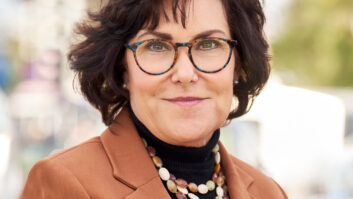CE Week New York — Continued brisk demand for tablets and smartphones and rebounding TV sales, both set against the backdrop of a recovering economy, bode well for the CE industry in the coming years.
That was the view from Shawn DuBravac, chief economist and senior research director of the Consumer Electronics Association (CEA), who kicked off the trade group’s day-long Research Summit here yesterday with a
State of the Industry Mid-Year Update.
The CEA summit itself marked the official start of CE Week, which runs through Thursday.
“The dynamics are looking quite healthy,” DuBravac said, pointing to low consumer debt levels, record high household net worth and falling unemployment.
While pent-up consumer demand for durable goods like cars and major appliances could pull sales from CE, high consumer interest in connected and/or addressable devices like mobile handhelds and wireless speakers are driving business.
TVs too are enjoying a renaissance, due to the popularity of 50-inch-plus screen sizes and the approach of a major end-of-life period for displays that were purchased in the last decades.
New TV technologies like 4K and OLED also hold promise for invigorating the category, with 4K expected to comprise 5 percent of the TV market by 2016, and some 190,000 OLED units expected to be sold in 2014, up from 20,000 this year, DuBravac projected.
Audio is another category reborn, with receiver sales up nearly 16 percent this year in dollars, soundbars up 60 percent, and headphones approaching $1 billion in sales, as many younger consumers are choosing “fashion over fidelity,” he noted.
Gaming, which saw a 31 percent plunge in hardware and software sales in May, according to the NPD Group, has bottomed out, and new platforms from Sony and Microsoft are expected to drive “significant growth” next year, DuBravac said.
Looking ahead, opportunities loom large in the wearables and health and fitness segments. The former can eventually mature into a 100 million unit a year business, DuBravac noted, while the latter boasts a 10 percent adoption rate.













